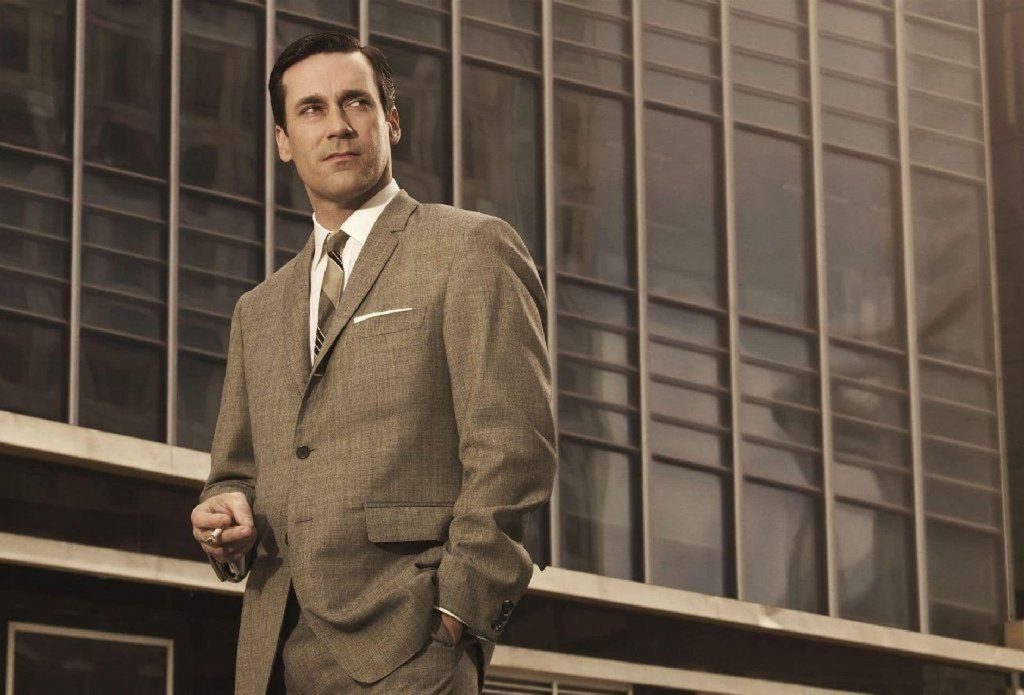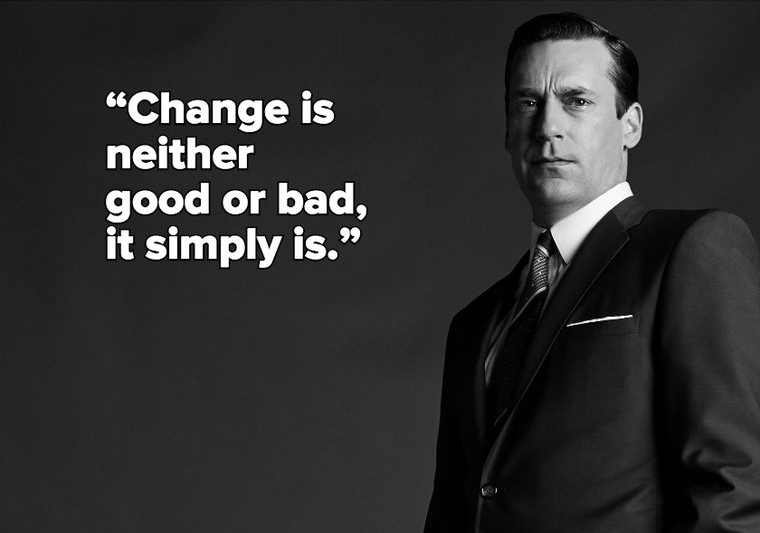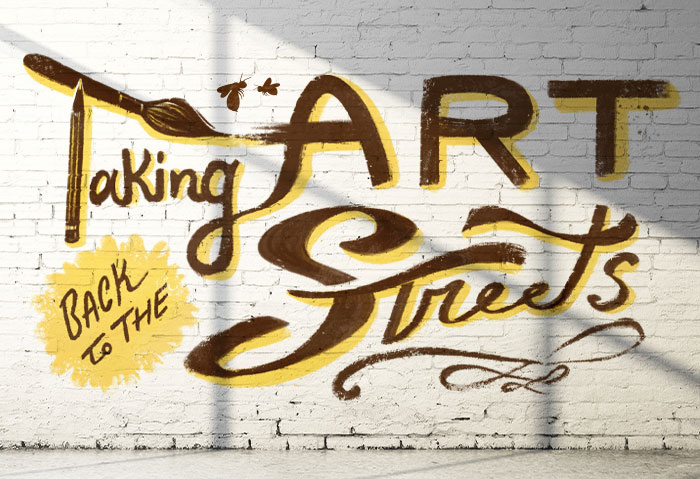The Modern Business of Creativity

Recently, a peer pointed me to an article in the New Statesman, a British current events magazine. The article, entitled “The Death of Don Draper,” posits the demise of the ad industry as we know it. A perennially adored think piece topic—your reading this proves that not even I am immune—this particular meditation on the subject points to the gargantuan shift in advertising dollars moving away from agencies and into the hands of tech companies, notably Google and Facebook.
This isn’t news. From this perspective, it does feel like the Mad Men heyday is mostly behind us. But the author, Ian Leslie, uses a novel convention to illustrate his point: The Ad Industry versus the Ad Business. The ad industry is the agency, and its creatives who view branding and advertising as an artform (of sorts), that is the “custodian of a brand’s meaning in popular culture.” The ad business, conversely, is the modern digital ad model: online ads targeted based on your search history and designed to get you to a sale as quickly as possible.
The logical conclusion of this dichotomy is that the industry values (and therefore charges for) services that create meaning for a brand, elevating these entities and their products or services psychologically with consumers and therefore leading to sales. The business values sales and sales alone. Viewed this way, the ad industry model is seen as less efficient in the eyes of Silicon Valley and the brands that are capitalizing on going the ad business route instead.
(There’s an interesting article by the New York Times that goes into great detail about how it all works if you’re interested.)
This is all true—to an extent. It’s true for certain types of brands of a certain size in certain industries with a certain business model. Brands like J.Crew or Tide or Hilton Hotels that have a robust ecommerce model. And yet, there’s an entire ecosystem of brands, those with a complex sales cycle or a B2B model that doesn’t support convenient online ordering, those that offer services or don’t get their leads from a simple Google search. This is an ecosystem that BatesMeron thrives in—and that isn’t as natural a fit for the ad business model. The death of Don Draper doesn’t apply to us. Or more accurately, Draper may have moved off Madison Avenue, and may not be the business behemoth he once was, but he’s still alive and well—adapting to the times.

The Value of Creative
The industry is undoubtedly changing. Many agencies are facing an identity crisis. The agency model, hell, advertising in general, isn’t what it was and may never be again. But it will never boil down to the sole process the ad business pushes.
Rory Sutherland, executive Creative Director for OgilvyOne, makes a good case for why. As he explains, the digital ad model is an engineer’s solution to advertising, and in his view, engineers are good at designing improvements to things without always considering the secondary benefits of the thing they are attempting to improve upon. Take his example of the doorman being replaced by the revolving door. The revolving door may eliminate the need for a doorman to open the door, but it doesn’t factor in other qualities of the doorman: personality, security, prestige.
Shift this example to advertising. In the push to streamline advertising, ads rely more on relevance than emotional resonance. Messaging is lost, brand story is lost, and with it, often the trust and loyalty that marketers typically rely on. Successful marketing, Sutherland explains, “must not be too rational because, as in military strategy, it depends on surprise. In battle, if you’re always efficient, you’re predictable. In marketing, you have to do something slightly absurd in order to be distinctive—in order to avoid making competition a kind of race to the bottom.”
What Sutherland is driving at here is the value of creative. And for businesses in the ecosystem I described above, they still rely on the charm, messaging and memorability the ad industry offers to stand out, differentiate and attract customers. Even brands outside this ecosystem—big ones—are shifting ad dollars back to the industry model. In his article, Leslie points to the behemoth Procter & Gamble who sliced $200m out of its digital marketing budget last year and put it back into ‘traditional’ creative.
A more buzzworthy example is Nike. Its headline-making campaign with NFL firebrand Colin Kaepernick is nothing if not the epitome of an emotionally resonant creative campaign designed to make a big statement and reach potential consumers on a level that goes well beyond mouse clicks, conversion rates or shoe sales. And during this reign of King Data, the proof is in the ROI: Nike sales have spiked by 31% since the campaign’s release (a 17% increase over this time last year).
Headlines like this are music for my eyes. When this advertising think piece trend trends toward disparaging the industry and extolling the genius of the ad business (at least in terms outlined here for industry versus business), creatives like those of us at BatesMeron feel a sense of pride knowing that the foundational tenets of what we do still ring true—and still inspire rings at the proverbial cash register. Success stories like Nike’s—while controversial, newsworthy and not necessarily the norm—still prove that the future of the creative industry, what I like to think of as the modern creative business, still and always will rely on just that: creativity.
What are your thoughts on the future of the ad industry? Or the future of creativity in advertising in our digital world? Sound off in the comments and let us know.
The Power of Product Placement
The Bone-Chilling Beauty of Halloween Horror Movie Poster Design
Avoiding Dark Patterns










